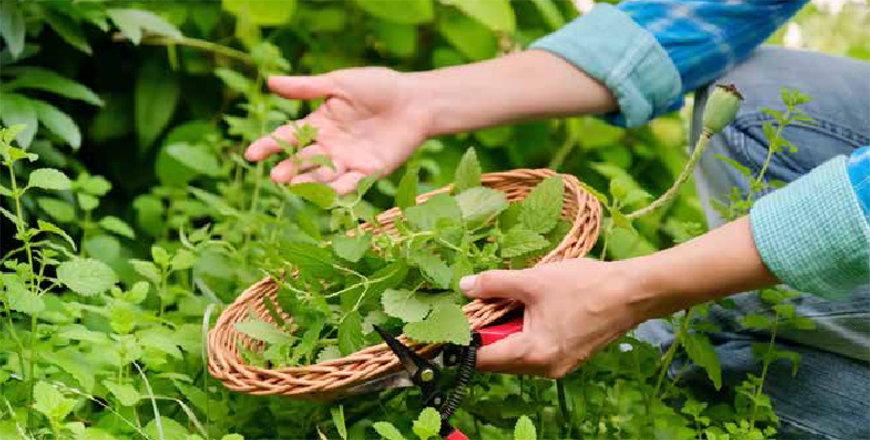By Sheela Sheth,
Food Expert
I recently added the perennial lemon balm plant to my herb garden. Its lemony fragrance is enticing and its mood-lightening effects are an added bonus! Did you know that it’s a member of the mint family? It’s sometimes referred to as common balm or balm mint. It is native to Europe, the Middle East and Asia.
Medicinal properties: The leaves are much smaller than those of mint even though it belongs to the same family. Several studies have shown that lemon balm combined with other calming herbs, like chamomile, helps reduce anxiety and promote sleep.
In spring and summer, it forms clusters of small yellow flowers where the leaves meet the stem. The leaves are deeply wrinkled and range from dark green to yellowish green in colour depending on the soil and the climate. When you rub the leaves, they emit a tart, sweet lemony aroma.
Cosmetic uses: Lemon balm also popularly known as Melissa officinalis, is commonly used for skin care which is perfect for brightening skin and fading dark spots helping to bring natural radiance to skin. It contains caffeic and rosmarinic acid which is used in making sunscreens. It often serves as an astringent used in cleansing milk for tightening pores and reducing blackheads and whiteheads.
Culinary benefits: Using lemon balm leaves for infusing tea is my favourite herbal drink. They make a perfect garnish for salads and desserts. Freezing the leaves works better than drying them as they retain their flavour.
Reprinted with permission from Family Flavours magazine
